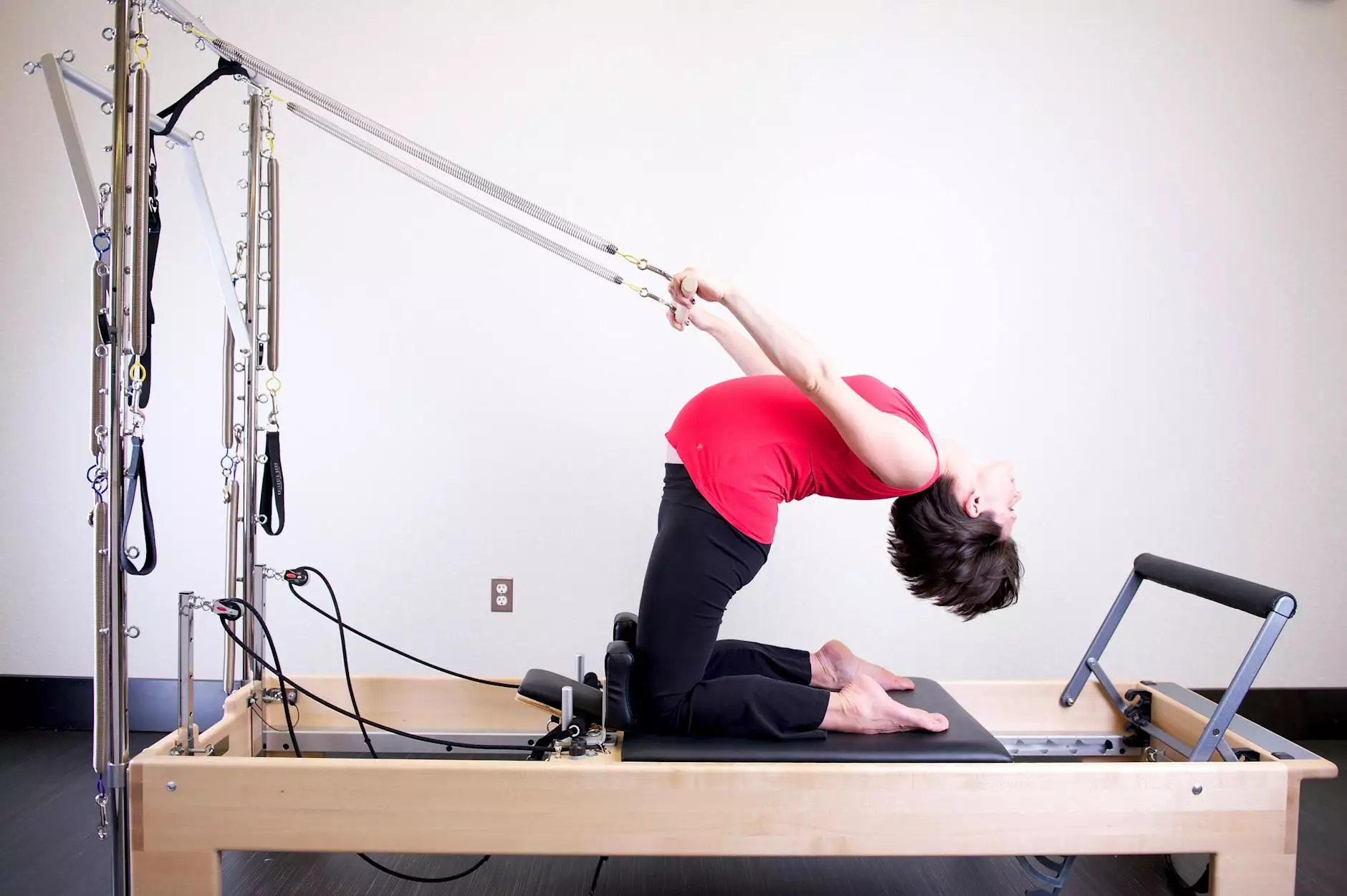Empowering Recovery: Postnatal Pilates for Diastasis Recti

Postnatal pilates is an essential practice for new mothers seeking to reclaim their bodies, particularly in addressing issues related to diastasis recti. This condition, characterized by the separation of the abdominal muscles, affects many women post-birth. Understanding how pilates can play a significant role in the recovery process can transform the postpartum experience. In this article, we will delve deep into the benefits of postnatal pilates, explore effective techniques, and discuss how it can assist in managing diastasis recti.
Understanding Diastasis Recti
Diastasis recti occurs when the rectus abdominis muscles become overstretched and separated. This condition is prevalent among women during and after pregnancy due to the growing uterus's pressure and hormonal changes that lead to muscle and tissue stretching.
Symptoms of Diastasis Recti
Identifying diastasis recti is crucial for effective treatment. Some common symptoms include:
- Belly bulge: A noticeable bump in the center of the abdomen, especially when straining or when getting up from a lying position.
- Lower back pain: Weak abdominal muscles can lead to poor posture and back pain.
- Difficulty with core exercises: Struggles in performing traditional abdominal exercises.
- Urinary incontinence: Weakened pelvic floor muscles can lead to bladder control issues.
The Role of Pilates in Recovery
Postnatal pilates focuses on strengthening the core, improving flexibility, and restoring muscle tone. This low-impact method is tailored to suit postpartum bodies and is safe and effective for managing diastasis recti.
Benefits of Postnatal Pilates
Engaging in postnatal pilates offers numerous benefits, particularly for those suffering from diastasis recti. These include:
- Core Strengthening: Essential for closing the gap between the rectus abdominis muscles.
- Improved Posture: Enhances spinal alignment and reduces back pain.
- Enhanced Flexibility: Increases range of motion, reducing tension in muscles.
- Pelvic Floor Health: Strengthens pelvic muscles that support internal organs.
- Mental Wellness: Promotes a sense of well-being and community among new mothers.
Effective Pilates Techniques for Diastasis Recti
Specific pilates exercises directly address diastasis recti by focusing on deep abdominal engagement, pelvic alignment, and controlled movements.
1. The Pelvic Floor Breath
This foundational exercise helps engage the core and pelvic floor. To perform:
- Lie on your back with knees bent and feet flat on the ground.
- Inhale deeply, filling the belly with air.
- Exhale slowly, imaging drawing the pelvic floor and lower abs together.
2. The Modified Bridge
This exercise strengthens the glutes and hamstrings while offering stability to the core.
- From a supine position, place feet hip-width apart.
- Inhale, press through your heels, and lift your hips while engaging your core.
- Hold for a few seconds and lower back down while maintaining muscle engagement.
3. The Single Leg Stretch
This exercise helps connect the upper and lower body while engaging the core.
- Lie down on your back, knees bent, and shins parallel to the floor.
- Extend one leg out while pulling the other knee towards your chest.
- Switch legs in a controlled manner while keeping your core engaged.
4. The Cat-Cow Stretch
This dynamic stretch promotes spinal flexibility and relieves tension.
- Begin on your hands and knees in a tabletop position.
- Inhale and arch your back (cow position); exhale and round your spine (cat position).
- Repeat for a few breaths, focusing on the movement of the spine.
Safety Precautions and Recommendations
Before starting any postnatal pilates program, it’s crucial to consult with a healthcare provider or a certified pilates instructor, especially if you are dealing with diastasis recti.
Considerations for New Moms
- Listen to Your Body: Pay attention to how your body feels during exercises.
- Start Slow: Gradually build up intensity and complexity of exercises.
- Modify as Needed: It’s essential to adapt exercises that may cause discomfort.
- Focus on Quality Over Quantity: Prioritize proper form and muscle engagement rather than the number of repetitions.
Combining Pilates with Other Therapies
While postnatal pilates is effective, combining it with other therapies can enhance recovery. Options such as physical therapy, sports medicine interventions, and even nutritional support can work wonders in managing diastasis recti.
The Benefits of Comprehensive Therapy
Adopting a comprehensive approach to recovery may involve:
- Physical Therapy: Targeted interventions that may include specific exercises, hands-on techniques, and education about pelvic floor health.
- Nutritional Guidance: Proper nutrition supports healing and overall wellness; consider consulting a nutritionist.
- Support Groups: Connecting with others can provide emotional support and accountability.
Conclusion
Postnatal pilates is a valuable tool in the recovery toolkit for new mothers dealing with diastasis recti. Through core strengthening, improved posture, and the restoration of muscle tone, it empowers women to reclaim their bodies and enhance their well-being. By approaching recovery holistically and integrating pilates with other therapeutic methods, mothers can navigate the postpartum journey with confidence and strength. Explore tailored classes at Hello Physio to begin your transformative journey today!
postnatal pilates diastasis recti








